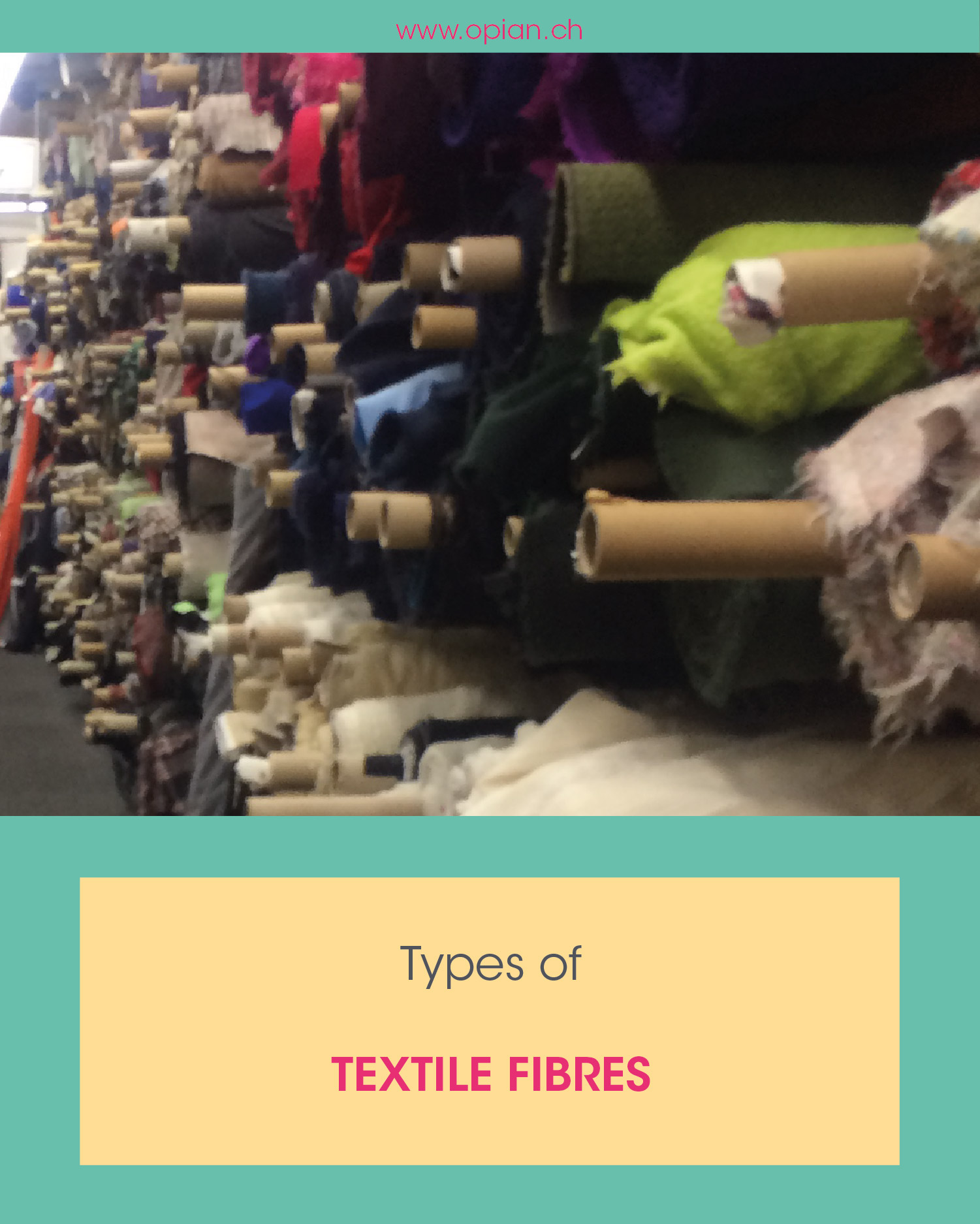Sewing tip | Types of fibres |
Published :
05/06/2025 11:28:44
Categories :
Organic
, Sewing Tips
Knowing the fabrics and their components allows you to choose the right fabric and care for your garment made with love.
Textile fibres fall into two categories, natural fibres and chemical fibres invented by humans.
Natural fibres are obtained by transforming a natural material in a mechanical or physical way without modifying the natural composition. They can be of plant, animal or mineral origin.
As for chemical fibres, they can be of artificial or synthetic origin. The first ones are obtained through a transformation of a natural material such as cellulose, and the latter are made from organic or non-organic polymers.

Plant fibres
Plant fibres come from plants such as cotton, flax, hemp, jute or bamboo. They can be extracted from the stem, such as flax, jute, hemp or ramie. Seeds or fruits, such as cotton or kapok. Leaves like sisal, gucca or mesh. Or fruits like coconut.
All of these natural materials don't mean they're organic. Indeed, cultivation or processing can be very harmful to the environment. Take conventional cotton, its cultivation is responsible for 95% of the world's pesticides. Which is huge!
Animal fibres
Animal fibres come from fleeces or material secreted by an animal.
Wool is obtained by shearing or combing the hair of animals such as sheep, goats or camels. The hairs are clipped and do not cause pain to the animals in principle.
Silk comes from the thread produced by the secretions of caterpillars. The worm forms its cocoon with its saliva to make itself a shelter. Once transformed into a butterfly, there remains the cocoon which can be created from a single kilometre long thread. However, more often than not, the cocoons are harvested before the butterfly leaves its nest and is burnt during processing.
Mineral fibres
Mineral fibres come from the subsoil like silver, gold, copper or aluminium. Sand like textile glass. And rock like asbestos, but prohibited from now on. They are not widely used in clothing and are not very easy to take care of.
Synthetic fibres
Synthetic fibres are created entirely by humans. They come from petroleum transformed into yarn in order to imitate natural materials.
Among these fibres, one can find polyamide or nylon, polyester, polyurethane, polypropylene, elastane or lycra or else kevlar. These materials come from organic materials, unlike glass, carbon, ceramic or other various metals.
Semi-synthetic fibres
Semi-synthetic fibres are made from natural materials such as regenerated wood cellulose, then processed with chemicals.
Among these fibres, we find viscose, fibran, modal fibres, cupro, acetate, triacetate or even lyocell.
Viscose comes from this process and comes from the cellulose of wood, algae or oil plants such as corn or soybeans. There is a misconception circulating about viscose and its durability. Indeed, it is composed of wood cellulose, which is natural. However, the transformation process uses a lot of energy and makes this material very energy intensive and therefore does not fit into sustainability.
Natural fibres = sustainable / Synthetic fibres = polluting
Before closing this chapter, I will make a small parenthesis on sustainability. For some time now, the question of the ecological has often come into play when purchasing it thanks to the many advertising campaigns or personal commitments by influential personalities.
Obviously, organic cotton is more environmentally friendly than polyester. However, in order to make a garment durable, one should not only consider the materials used. Indeed, several criteria are considered to ensure that one clothing has the least negative impact on the environment, such as the period of use which is an essential element.
Here is an example to illustrate my point, if you buy two pairs of trousers on the same day, one in organic cotton and the other in polyester. You chose the organic cotton one precisely because it was made from a certified natural material and it was written in big and bold on a sign with a tropical forest. You don't really like its shape, but the large sign with the GOTS logo has convinced you. As for the polyester trousers, you chose them because they look great on you and you like them. A year later, you sort through your closet and realise that you have been wearing the polyester trousers most of the year and are not going to part with them. On the other hand, you have worn the organic cotton one a few times, but you do not find that it enhances you, so you have neglected them and worn only ten times at most and you are no longer going to wear them. You decide to get rid of them by giving them to a friend, putting them in the garment sorting box or, worse, throwing them away. In the end, what are the most sustainable trousers, and which therefore have the least impact on the planet? The one in polyester!
Well yes, just because we buy organic, zero waste or vegan doesn't mean it's sustainable.

